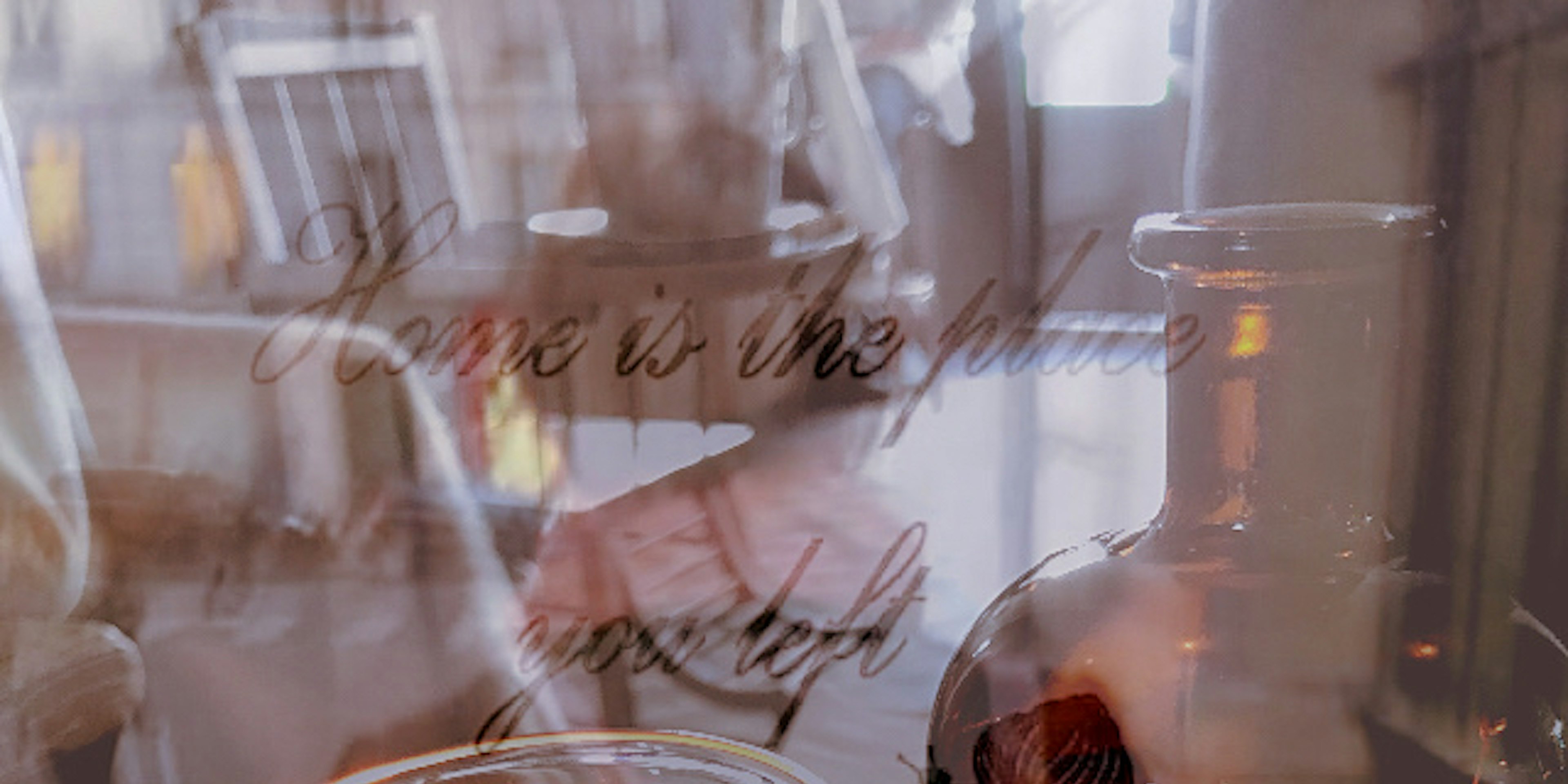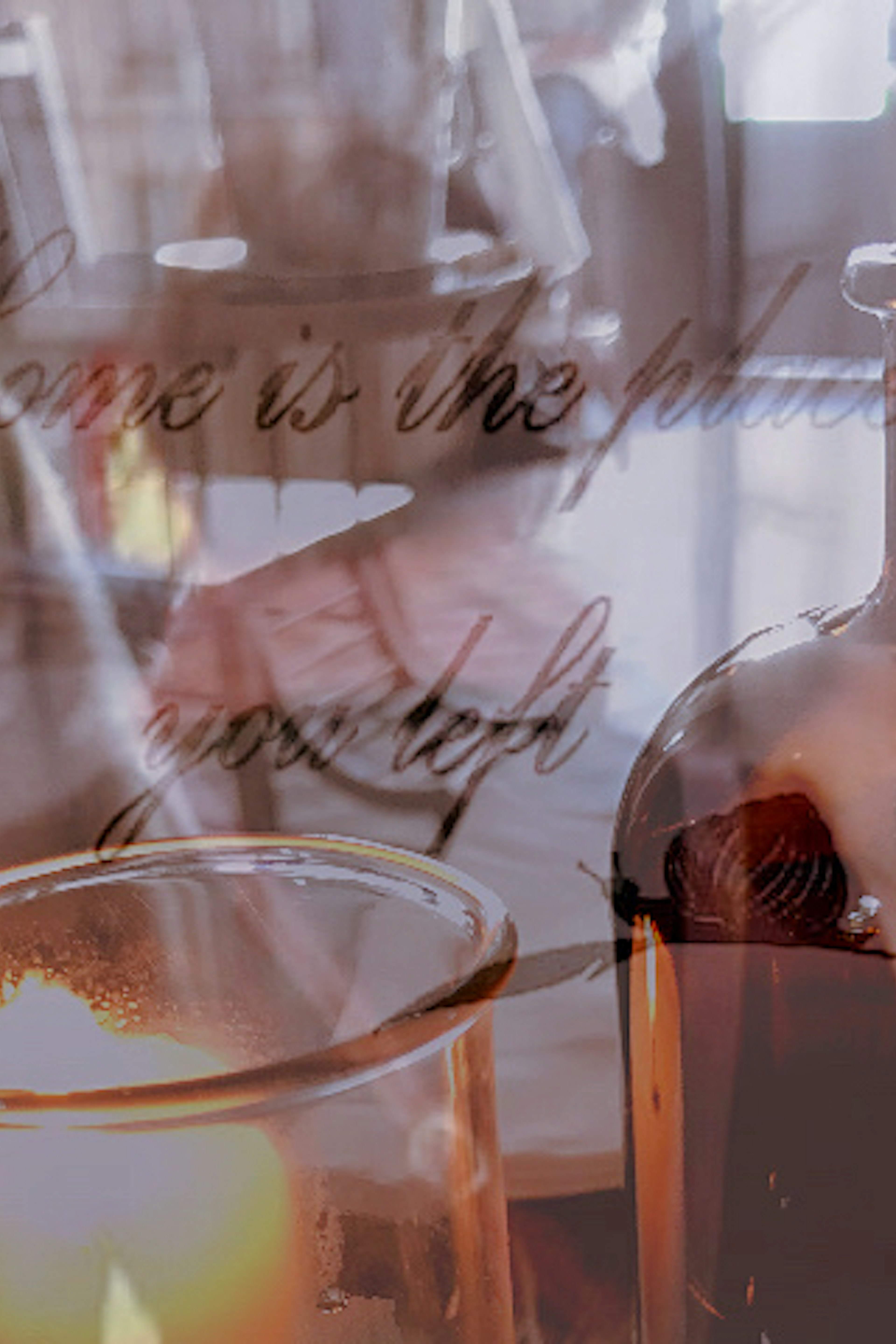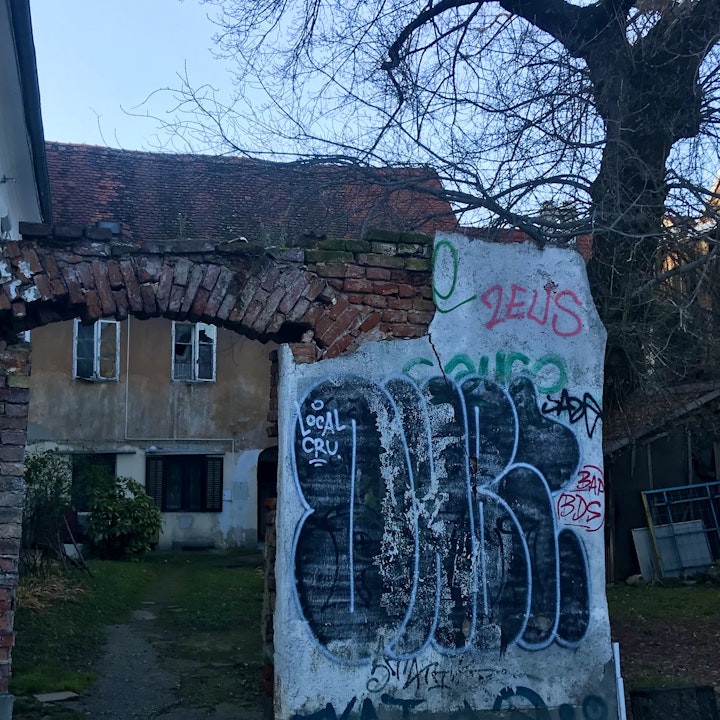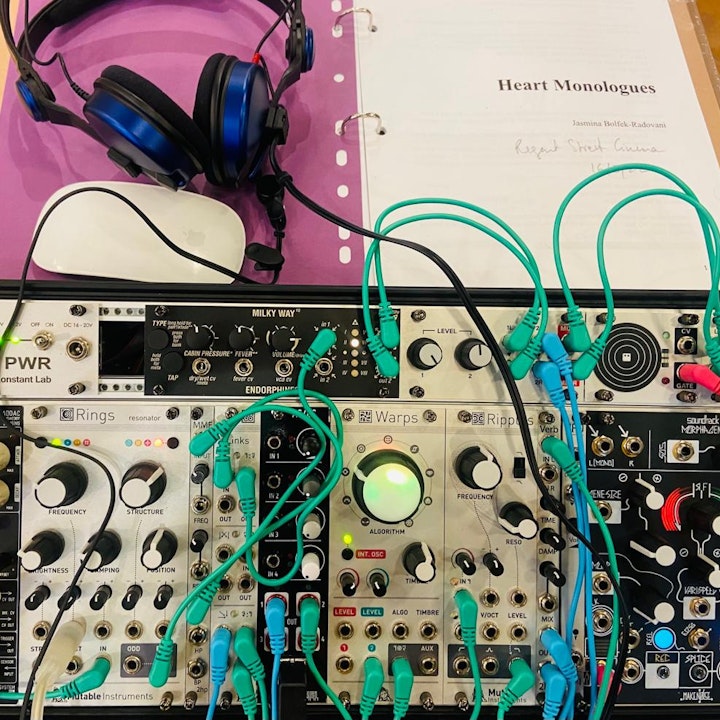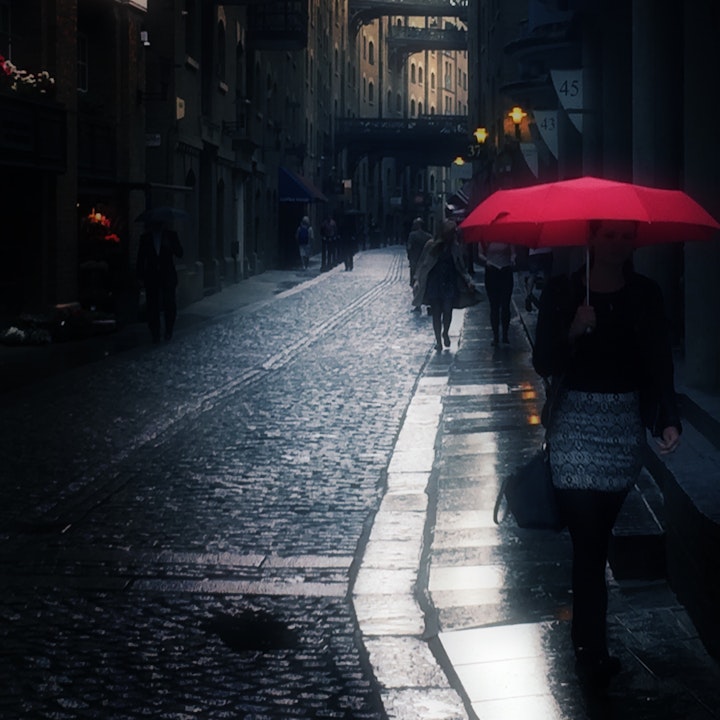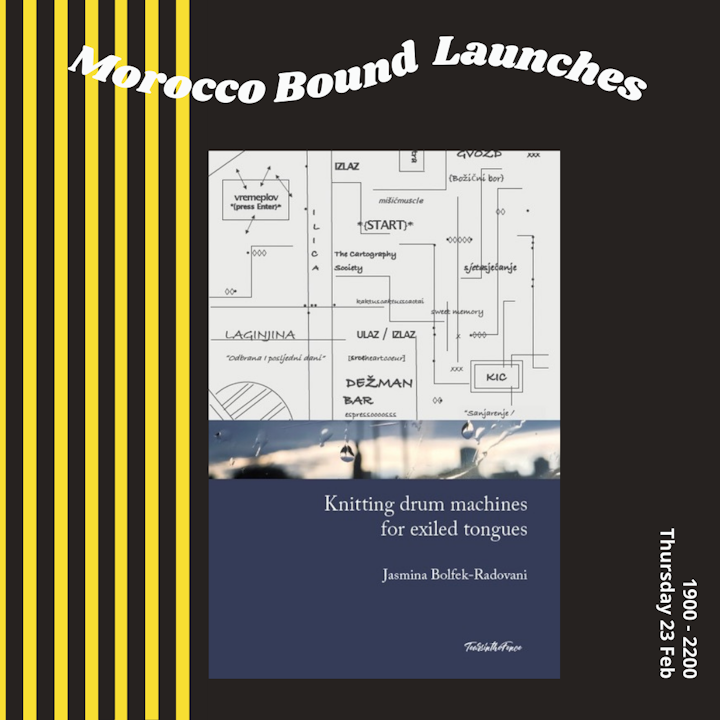◊ My weekly bites on a selection of themes in art, literature, poetry and culture ◊
Home is a book we all write
('Written Deer", Maggie Smith)
Home is the place you left
(Elmgreen & Dragset, “This Is How We Bite Our Tongue”)(1)
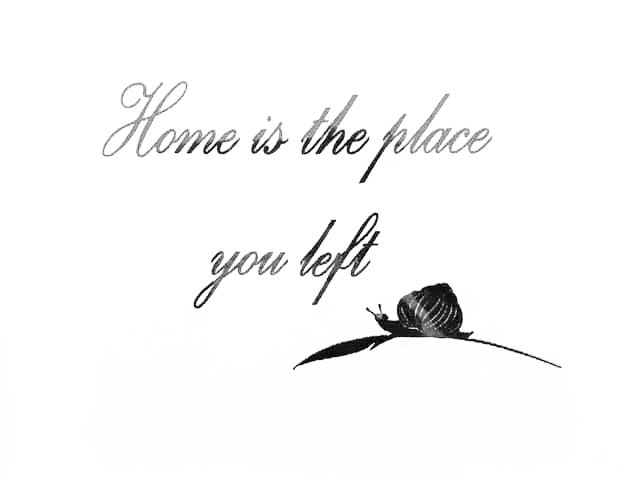
∞ In July 2020 I attended a two-day writing experiment workshop led by the multimedia artist and poet Caroline Bergvall. At the workshop we were divided into smaller groups and we were given the task to write a collaborative piece around the brief “Let the house burn down”. The main idea that emerged from the discussion in my group on how to approach our collaborative piece was that it would be useful to start with the unpacking of the concept of “home”. It became quickly clear that home is a concept endowed with different values; it has both a poetic and a political dimension. The question our group asked ourselves was how do we proceed with the unpacking of the notion and the differing experiences of home within the space of the text we are in the process of writing? In other words, do we want to “let the house burn down"? if so, why? How do we go about it creatively? (London, 3 February 2021)
∞ ∞ Migrant writers and poets often question simplified representations and imaginations of home in their work. Below is a great example of a poem by Leila Chatti. Of Tunisian-American mixed heritage, Leila Chatti has lived in the United States, Tunisia, and Southern France. Her poetry is traversed by loss and mourning, whilst also questioning single definitions of the self and identity; her language is enigmatic. In the poem "Hometown Nocturne" Chatti's sense of estrangement and yearning for belonging are prevalent; they give rise to an ambivalent feeling towards home, a feeling of disorientation. As she explains herself in an interview: "I began writing “Hometown Nocturne” a few days after returning to Michigan from my stay overseas. It was the second week of November, winter was quickly approaching, and I was staying in a Detroit suburb with my partner and his mother. I was disoriented; both “home” (in the United States, in Michigan) and not home. I would never again be home—my home was gone." (2). Interestingly this feeling of disorientation both in space and time is something that a lot of us experienced and are still experiencing during the pandemics.
Hometown Nocturne
WHEN I CAN’T SLEEP, I remember it: blue fields
of night I’d slip into, my borrowed coat
and secondhand boots trailing frayed laces
through curbside sleet and neighbors’ lawns,
the poplars lanky and indifferent as teenagers,
the moon a spitball on the back of heaven’s
dark shirt. Some nights a boy would wait
in a car humming down the street, thumbs
drumming the wheel and the tailpipe panting.
But more often the ones I liked didn’t drive, got all A’s
and ran cross-country, had parents that kept them
from me, tongued my name like a secret
sweet. A good Muslim girl, I kissed mostly
above the belt, prayed when I had to, and when I slid
lipstick into my sleeve at the drugstore I felt bad about it,
I was very good at feeling bad. The sky fell regularly
in little white stars that caught in my hair. The air
singed my lungs, exhaled as tinsel. I shadowed
streets heading nowhere, asphalt erased
beneath a fresh sheet, season of rimed windows
and bated breath by the radio. In every living room,
some kind of nocturnal glow—plastic menorahs’
tongues of flame, cheap bulbs burning in fir branches,
a night-light shaped like a man of snow or God.
And in darker rooms our parents fell asleep
on their backs watching reruns, our brothers
clicked on videos of squirming blondes in the trembling
glare of computer screens, while somewhere else,
in a bar or basement, prized Midwestern jewels gleamed
in the bellies of college girls, Burnett’s
swirling in a cup, and the tiny planets
of Ping-Pong balls circling Solo rims.
Like this, I orbited the town of my origin,
slogged familiar paths of salt-marbled sidewalks,
ringed cul-de-sacs and parking lots and potholes’
gritty ice rinks. The hooded eyes of houses
looked on and past me. The huddled trees
whispered, brandished pom-poms just for show.
I carved carefully my name in frost.
Scuffed my feet the whole way home.
∞ ∞∞ From disorientation and streets heading nowhere to mutating cities. So, now that a lot of us have been “homebound” for almost a year as a result of the pandemic, how has our relationship to “home” changed? How has it been transformed? Between January and September 2020 the Portuguese installation artist Carlos Bunga (living in Barcelona) exhibited his work at the Whitechapel gallery in London; the exhibition was entitled "Something Necessary and Useful". If Bunga's work speaks of his family’s experience of displacement having emigrated to Portugal as a result of the Angolan civil war, in the following extract he reflects in particular on the transformation of the idea of home as a result of COVID-19:
“During the COVID-19, which was a totally unexpected situation for all of us, we’re more or less under house arrest. So the house became a kind of prison, and at the same time the city was a ghost."
The home therefore can be both a place of retreat and a site of uncertainty, a hostile place. As Bunga explains in the video below, the concept of home has always been a controversial concept for him. In the installation he has created for the gallery, his aim was to deconstruct the idea of home as a stable place of identity. The walls of the house and the materials it is made of are both transient; they can be both constructed and deconstructed depending on our needs. In a video that is a walking experiment through the space of the city (Shoreditch in London), Bunga goes one step further: you can see him carrying a chair on his back whilst walking. Amusing. Domestic revolution at its best?
∞ ∞ ∞ ∞ So... if home is the place I left, home is also where I want to be. But I guess I am also already there... "This is the place" by Talking Heads.
Footnotes
(1) Leila Chatti, "How I wrote 'Hometown nocturne'", https://theadroitjournal.org/2018/06/15/leila-chatti-how-i-wrote-hometown-nocturne/amp/
(2) Exhibition "This Is How We Bite Our Tongue", Elmgreen & Dragset, Whitechapel Gallery, 27 September 2018 – 13 January 2019.
